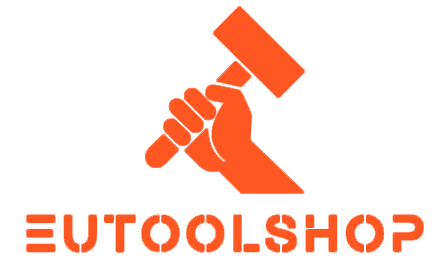Cutting quartz, whether natural or engineered, requires precision and the right tools. Here’s a structured approach to selecting the optimal diamond blade in 2025:
1. Blade Type
- Continuous Rim (Wet/Dry): Ideal for smooth, chip-free cuts on quartz countertops. Best for delicate finishes.
- Turbo Rim: Faster cutting with serrated edges; balances speed and smoothness. Suitable for both wet and dry use.
- Segmented Rim: For heavy-duty, deep cuts. May produce rougher edges, better for outdoor or rough work.
- Laser-Welded Blades: Preferred for durability and high-speed applications, especially with engineered quartz containing resins.
2. Bond Hardness
- Soft Bond: Matches quartz’s hardness, allowing diamonds to refresh properly. Prevents glazing and maintains cutting efficiency.
- Hybrid Bonds (2025 Tech): Newer bonds may adapt to varying materials (e.g., resin in engineered quartz), enhancing blade life.
3. Wet vs. Dry Cutting
- Wet Blades: Reduce harmful silica dust and heat. Essential for indoor use unless advanced dust-extraction systems (2025 models) are paired with dry blades.
- Dry Blades: Convenient but require HEPA-filtered vacuums. Check local regulations on silica exposure.
4. Blade Specifications
- Diameter: Match to saw size (common: 4.5″–10″). Larger blades for deeper cuts on thick slabs.
- Arbor Size: Must fit your saw’s spindle (e.g., 5/8″-11 or 20mm).
- RPM Rating: Ensure blade’s max RPM exceeds saw’s speed to prevent overheating.
5. Diamond Grit & Concentration
- High Grit (100+): Smoother finish on quartz surfaces.
- Optimized Concentration (2025): Look for blades with nano-diamonds or staggered segments for efficiency and longevity.
6. Manufacturer & Quality
- Trusted Brands: Research 2025 reviews for brands like Husqvarna, MK Diamond, or newer eco-conscious entrants.
- Warranty & Certifications: Check for OSHA/NIOSH compliance and sustainability badges (e.g., low-emission production).
7. Safety & Compliance
- PPE: Respirators (N95+), goggles, gloves. Use water suppression if cutting wet.
- Regulations: Adhere to 2025 OSHA silica dust standards and disposal guidelines for blade recycling.
8. 2025-Specific Considerations
- Smart Blades: IoT-enabled blades with wear sensors for real-time monitoring.
- Eco-Friendly Options: Blades made with recycled materials or low-carbon processes.
- Hybrid Cooling Tech: Blades designed for integrated cooling systems to reduce water usage.
Final Tips
- Test blades on scrap quartz to assess performance.
- Prioritize blade longevity and cut quality over upfront cost for professional projects.
- Consult 2025 industry forums for emerging technologies like graphene-enhanced bonds.
By evaluating these factors, you’ll ensure efficient, safe, and precise quartz cutting tailored to 2025 advancements. Always verify the latest tools and regulations to stay ahead in your projects.

